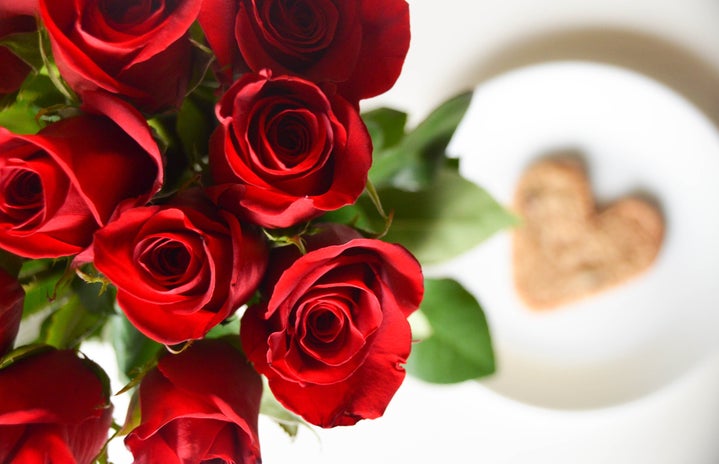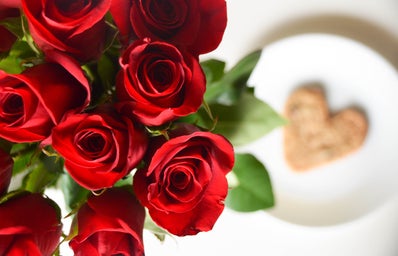The article has been co-authored by Sifat Keer from Her Campus Delhi South and Viveca Ganti from Her Campus at Berkeley and is a part of the Valentine’s Day collaboration between HC at Delhi South and HC at Berkeley. Through this piece, the writers explore the different perspectives of love in two countries.
Like a bee drawn towards pollen, humans are naturally enticed by the idea of love. People around the globe experience it, albeit in their distinct, unique ways. While a country like India is more inclined towards keeping it under the covers, you can see the free, spirited expression of love in several western nations. Regardless of how people of different countries demonstrate their affection, love is a universal feeling and something that binds the human race together with sympathy and intimacy. Yet, for something as notable as love, our knowledge about its origin is fairly limited.
To begin, Valentine’s Day, a day popularly known to celebrate love, was originally a Christian feast day to honor the Christian martyr named Saint Valentine but in modern times it’s meaning and ways of celebration have shifted.
Now, Valentine’s Day has become a significant holiday, where people of many regions in the world celebrate romance and love by gifting chocolate and flowers.
Numerous stories about the saint and their martyrdom exist and are connected to February 14th and there have been many later additions to the legend to better connect it to this idea of love. Scholars have examined the earliest descriptions of February 14 and concluded that it is an annual celebration of love. One of the earliest surviving valentines is a rondeau written in the 15th century. This traces the tradition of gifting roses to the beloved and declaring one’s undying love through poems back to the Middle Ages. Several scholars hold the opinion that the European Troubadours of those times were behind the invention of romantic love. The Troubadours were composers who sang beautiful songs of chivalry and courtly love. They were one of the first poets to incorporate a romantic relationship into their art.
Due to the wide popularity of the holiday and its strong ties to Christian legend, Valentine’s Day is heavily associated with western nations.
It was falsely believed the eastern countries were incapable of experiencing love, seeing as Valentine’s Day was a western concept.
However, a study conducted by William Jankowiak and Edward Fisher quashed this notion and substantiated the fact that people outside the west did celebrate love, although in diverse ways. They found evidence of age-old folklores, poetries, and songs that stood to be a timeless testament to the existence of love in these countries. The study highlighted the need to realize how cultural differences affect expressions of love across the world.
For instance, in India, at the same time as the Troubadours were singing songs of courtly love, Indian poets were creating beautiful, complex, narratives surrounding religion, politics, and above all, romance and love. The eminent poet, Mirza Ghalib, penned down intrinsic, yet beautiful poems related to the rebellious nature of eros and the love he possessed for God and the mistress. His poems were often criticized for crudity, seeing how several people around the time were obstinate towards an outward expression of love.
The country has come a long way since the middle ages but people in India are still hesitant to celebrate Valentine’s Day. That doesn’t imply that the country doesn’t have its own, unique ways of honoring the beauty of love. Holi, an Indian festival celebrated with much gusto, has its roots in a love story between Lord Krishna and Radha. It signifies everlasting, pure love between the two. The day is commemorated by lovingly smearing colored powder, called gulal, on friends and family. This specific activity was also observed by Lord Krishna when he colored Radha to match their complexions. His darling prank is now widely observed as an act of love and adoration. This is just one of the many ways cultural differences influence the expressions of love in different countries.
Indians may be susceptible to public display of affection or grand romantic gestures but the marvel of love still reigns superior. The western and oriental expressions of adoration can be disparate, but the intensity and the gravity remain identical.



